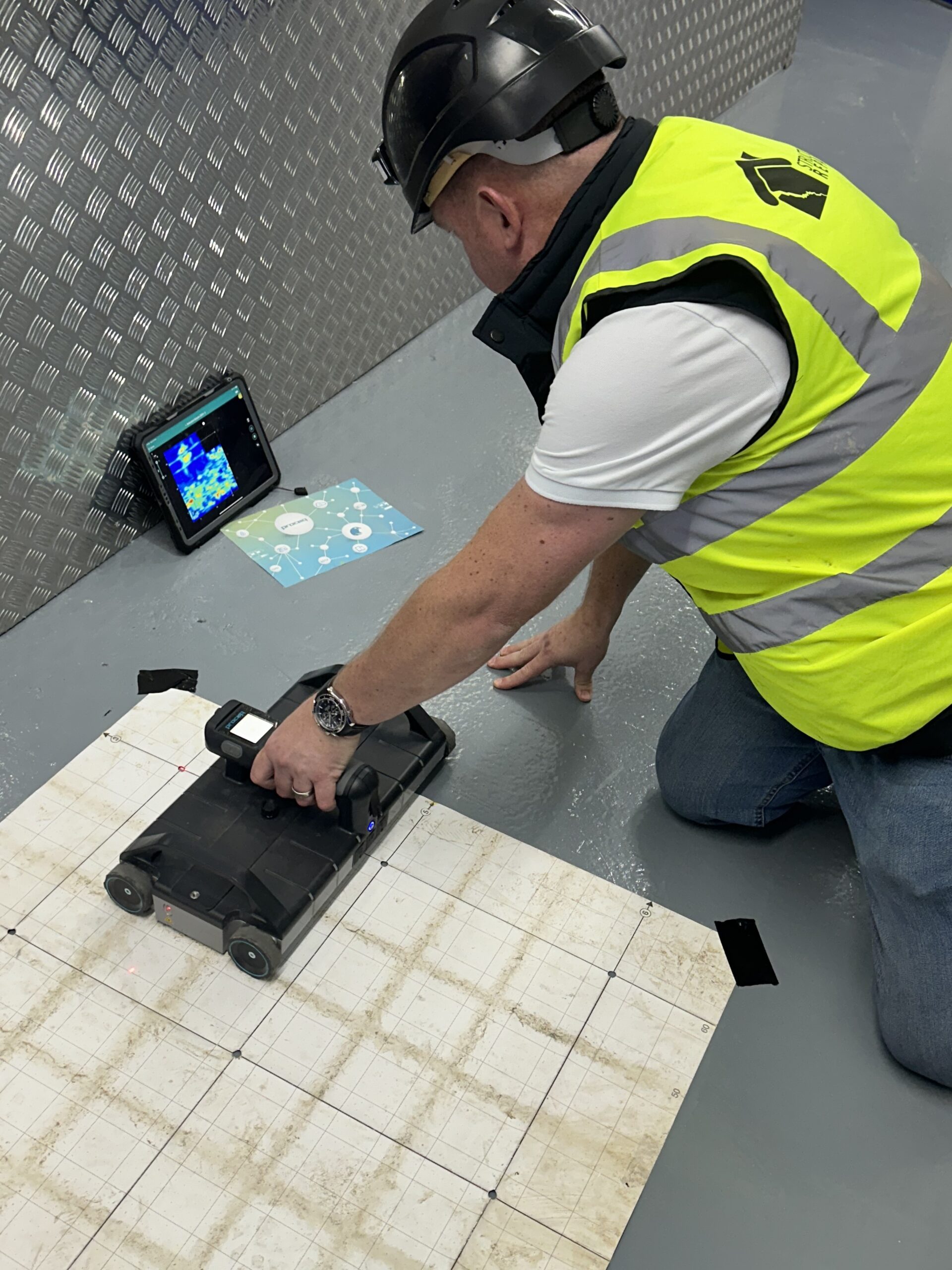Concrete Scanning: Your Guard Versus Unforeseen Obstacles in Construction Projects
By utilizing the power of advanced scanning approaches, building and construction experts can proactively identify hidden threats underneath the surface, ensuring a smoother and extra effective project distribution. As we check out the importance of concrete scanning as a safety shield against unanticipated challenges in construction jobs, a deeper understanding of its advantages and applications arises, dropping light on the transformative impact it can have on the sector as a whole.
Significance of Concrete Scanning
Concrete scanning plays a crucial function in ensuring the safety and security and integrity of building projects. By using advanced modern technologies such as ground-penetrating radar (GPR) and electromagnetic induction, building and construction teams can properly locate rebar, post-tension cable televisions, avenues, and various other possible obstructions within concrete frameworks. This procedure is essential for stopping costly damages, making certain structural security, and keeping project timelines.
Among the key reasons concrete scanning is so vital is its capacity to mitigate risks throughout the building and construction phase. By determining surprise hazards underneath the surface area, such as gaps or shabby areas within the concrete, service providers can proactively address these issues prior to they rise right into more significant problems. This positive technique not just improves employee safety and security however additionally decreases the possibility of building hold-ups and budget overruns.
Furthermore, concrete scanning allows building and construction groups to make educated decisions based on accurate information. By having a clear understanding of the subsurface problems, project managers can plan excavation, drilling, or cutting tasks better, decreasing the capacity for unintentional damage to vital structural aspects. Ultimately, investing in concrete scanning services is a proactive measure that can save building and construction companies time, money, and reputation over time.
Advanced Technologies for Discovery

An additional ingenious technology is Electromagnetic Induction (EMI), which detects non-metallic and metallic objects below ground by inducing electro-magnetic fields. Additionally, Acoustic Pulse Mirror (APE) innovation utilizes audio waves to evaluate the condition of concrete frameworks and spot splits, delaminations, or voids.
Furthermore, improvements in infrared thermography have made it possible for the detection of wetness infiltration and insulation spaces within concrete frameworks. This innovation help in avoiding future damage and guaranteeing the long life of constructions. By including these advanced modern technologies into concrete scanning practices, building and construction jobs can reduce risks and boost total task outcomes.
Advantages of Proactive Scanning
Implementing positive scanning strategies in construction jobs improves the very early discovery of potential subsurface challenges, causing boosted task efficiency and expense financial savings. By making use of concrete scanning modern technologies such as ground-penetrating radar (GPR) and electromagnetic induction, construction teams can determine concealed threats before they escalate into costly issues. GPR Concrete Scanning next page Bellevue. Positive scanning enables job supervisors to develop exact website maps that determine the area of energies, rebar, or various other blockages under the surface area. This details makes it possible for far better preparation and aids stay clear of hold-ups triggered by unforeseen explorations during building.
Additionally, proactive scanning boosts security on-site by reducing the threat important site of unintentional damage to underground infrastructure or dangers. By identifying possible challenges early on, building and construction crews can take safety nets to minimize dangers and make certain a much safer working setting for all included. In addition, by dealing with subsurface obstacles proactively, project timelines are more probable to remain on track, staying clear of expensive hold-ups and rework. Generally, the aggressive method to concrete scanning not just conserves time and money however also improves the general top quality and success of construction jobs.

Enhancing Project Efficiency
To optimize building job results, the aggressive scanning approaches used not just boost safety and security yet additionally play a vital duty in enhancing total task performance. By performing detailed concrete scanning prior to starting any kind of building and construction tasks, possible challenges and dangers underneath the surface can be determined and reduced at an early stage. This proactive approach minimizes the likelihood of pricey hold-ups, remodel, and mishaps, thus streamlining the task timeline and budget plan.
Enhancing Learn More project efficiency via concrete scanning entails using advanced technologies like Ground Passing through Radar (GPR) and 3D imaging to properly map out subsurface features and energies. This in-depth information makes it possible for building and construction teams to plan their tasks a lot more efficiently, avoiding encounter existing utilities or frameworks, enhancing resource appropriation, and lowering downtime. In addition, by preemptively attending to any below ground complexities, the building and construction process can continue smoothly, with less interruptions and unforeseen difficulties. Ultimately, the combination of concrete scanning into building projects not only ensures safety and conformity however likewise boosts efficiency and project effectiveness.
Ensuring Safety On-Site
Safety on building sites is vital to the success of any type of job. One of the essential aspects of promoting safety and security is giving ample training to all personnel involved in the project.
Implementing clear interaction networks for reporting security issues is vital for creating a secure workplace. Encouraging a safety-first society where employees feel encouraged to talk up about potential threats can assist prevent crashes before they occur. In addition, offering personal safety equipment (PPE) and imposing its usage is critical in securing workers from injury.
Conclusion

By integrating these sophisticated technologies into concrete scanning practices, building and construction tasks can minimize dangers and enhance overall project end results.

In verdict, concrete scanning plays a crucial role in construction projects by discovering unanticipated challenges that can possibly impede development and concession security on-site. GPR Concrete Scanning Bellevue.